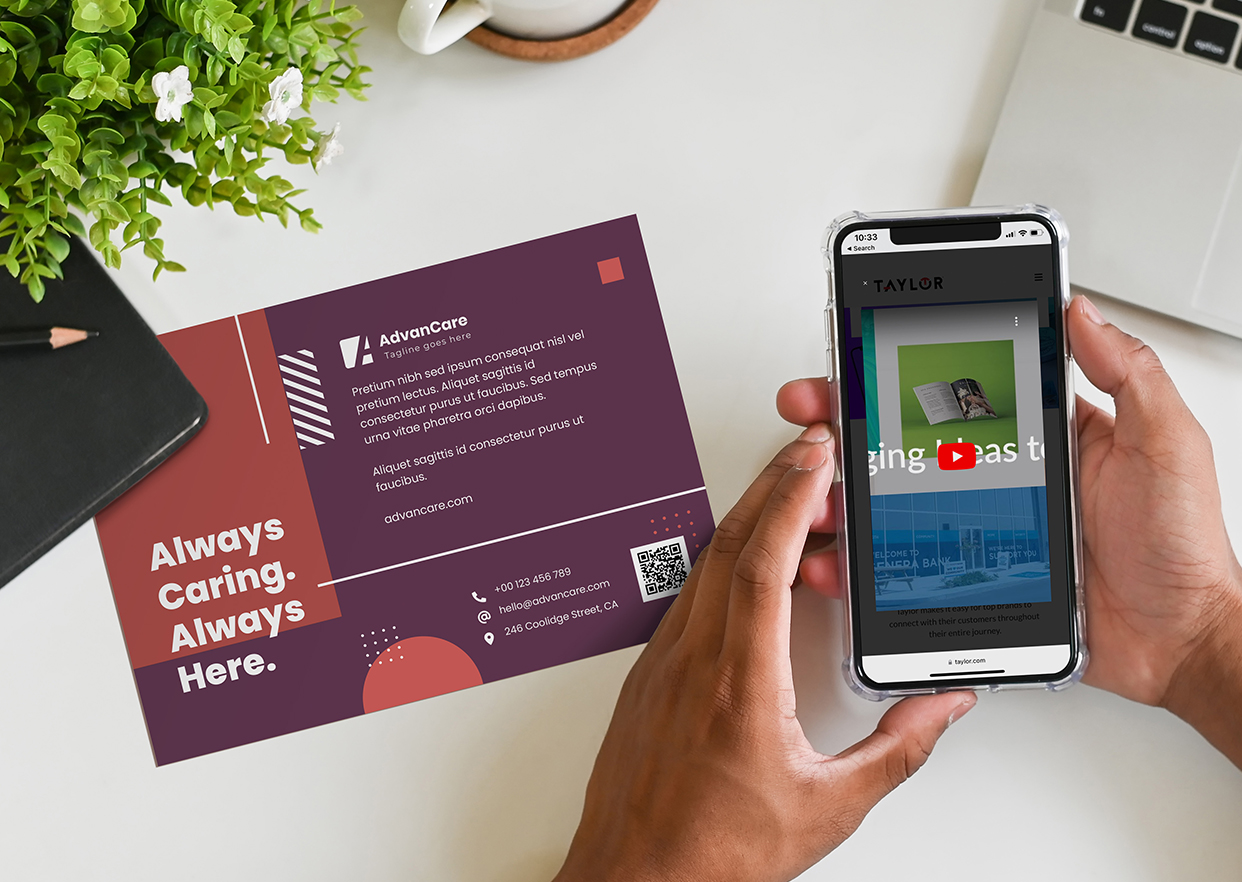Ask anyone over 40 to describe Millennials (sometimes called Generation Y or the Net Generation), and they’ll probably sigh before using words like “entitled,” “narcissistic” and “irresponsible.” But Millennials are growing up. The Pew Research Center defines Millennials as those born from 1981 to 1996 and, just like the generations before them, they aren’t who they first appeared to be. Consider these surprising statistics:
The largest generation
Move over Greatest Generation. Representing 25% of the world’s total population, Millennials comprise the largest generation in history and make up the biggest share of today’s U.S. workforce.
The most educated generation
More than 39% of Millennials in the U.S. have a bachelor’s degree or higher, compared to 25% of Baby Boomers. Significantly, the percentage is higher among Millennial females (43%) than Millennial males (36%).
The politically engaged generation
As estimated 55% of Millennials voted in the 2020 presidential election. Millennials are already the second-largest electorate population in the U.S., following only Baby Boomers, and will represent 39% of the nation’s voters by 2048.
The hard-working generation
Contrary to common stereotypes, Millennials are just as likely to stay at a place of employment as the Gen Xers who preceded them. Roughly 70% of Millennials have been with their current employer at least 13 months and about 30% for at least five years. Among Millennial women, 72% are in the workforce – the highest female labor participation rate in history.
The buying habits of Millennials
Now between the ages of 25 and 40, Millennial consumers are just entering their prime and already have a collective spending power of $1.4 trillion annually. Obviously, this is a desirable market with incredible potential. But how are they choosing to spend that money, and on what? Here are a few intriguing facts to consider if you’re wondering how to market to Millennials.
Online shopping habits of Millennials
The first generation in world history to grow up with the internet and ubiquitous connectivity, the Millennial generation has a predictable fondness for all things online.
- Millennials spend nearly 7 hours online per day, including 2.4 hours of online videos.
- 70% of Millennials prefer to shop online, rather than in store, and 94% use digital coupons.
- 72% of Millennial shoppers are influenced by online reviews and 78% are influenced by peer recommendations on social media.
- 53% of Millennials say they would rather give up their sense of smell than their technology.
Brick-and-mortar retailing for Millennials
However, as big as online shopping is among Millennials, all is not lost for brick-and-mortar retailers. In fact, Millennials still crave authentic, in-person retailing experiences. Brick-and-mortar retailing remains one of the best marketing channels for Millennials.
- 81% of Millennials’ total retail spending occurs in brick-and-mortar stores.
- 57% of Millennials make a purchase whenever they are in-store, spending an average of $57 per in-store visit.
- 53% of Millennials shop in-store on a weekly basis and account for more than 33% of all U.S. shopping visits.
- About 58% admit that they “love to shop” with Millennial women being 83% more likely to enjoy clothes shopping than other age groups.
.jpg?width=698&name=Blog%20Body%20Image%20%E2%80%93Marketing%20to%20Millennials%20(Buying%20Habits).jpg)
How to connect with Millennials
So, how exactly does one market to an audience that’s unlike anything ever seen before? Understandably, many marketers struggle when it comes to reaching Millennials since they are less likely to respond to traditional tactics. These four strategies can help you make that all-important connection and help you market to Millennials in 2021 – and beyond.
Strategy #1: Embrace mobile optimization
The vast majority of Millennial consumers own smartphones and, as we learned above, they rely heavily on digital technology. Your website content should be optimized so the information clearly translates between desktop and mobile devices. If your content doesn’t translate, Millennials will quickly lose interest. For starters, make sure you provide a hassle-free checkout process and a mobile interface that is designed with the thumb zone in mind.
.jpg?width=698&name=Blog%20Body%20Image%20%E2%80%93Marketing%20to%20Millennials%20(How%20to%20Connect).jpg)
Strategy #2: Highlight your social stance
Millennial consumers are socially and environmentally aware. More importantly, they are willing to back it up with their wallets. Nearly 75% are willing to pay more for an environmentally sustainable product and 91% would switch brands to one associated with a favorite cause. If your company is committed to sustainability or supports a charitable cause, promote your activities – and results – through social media and on your website.
Strategy #3: Show personality
Authenticity is crucial when marketing to a Millennial consumer. Use a conversational tone in your copy. Be friendly and personable. Focus on how users engage with your product or service. Millennials don’t want information about your product; they want to know how it enhances their lives.
Strategy #4: Use data analytics
Data mining uses statistical techniques to analyze customer behavior and buying habits. This allows you to market to Millennials more effectively. For example, you can create a campaign targeted to those purchasing their first home or life insurance policy to reach this desired audience.
Powering your brand's potential
Of course, it also helps to partner with an expert in this area. Taylor can help you plan, design, execute and measure your next Millennial marketing campaign in a variety of ways.
- Customize your brand-building materials specifically for this niche audience. What worked well for prior generations will likely fail to resonate with Millennials.
- Magnify your impact with an omnichannel campaign by sending multiple channels to the same household. This integrated approach typically increases campaign performance by 15-30%.
- Leverage trigger data related to purchase intent, such as active home or car shoppers. Doing so ensures you’re starting with a target audience that has a higher propensity to buy.










